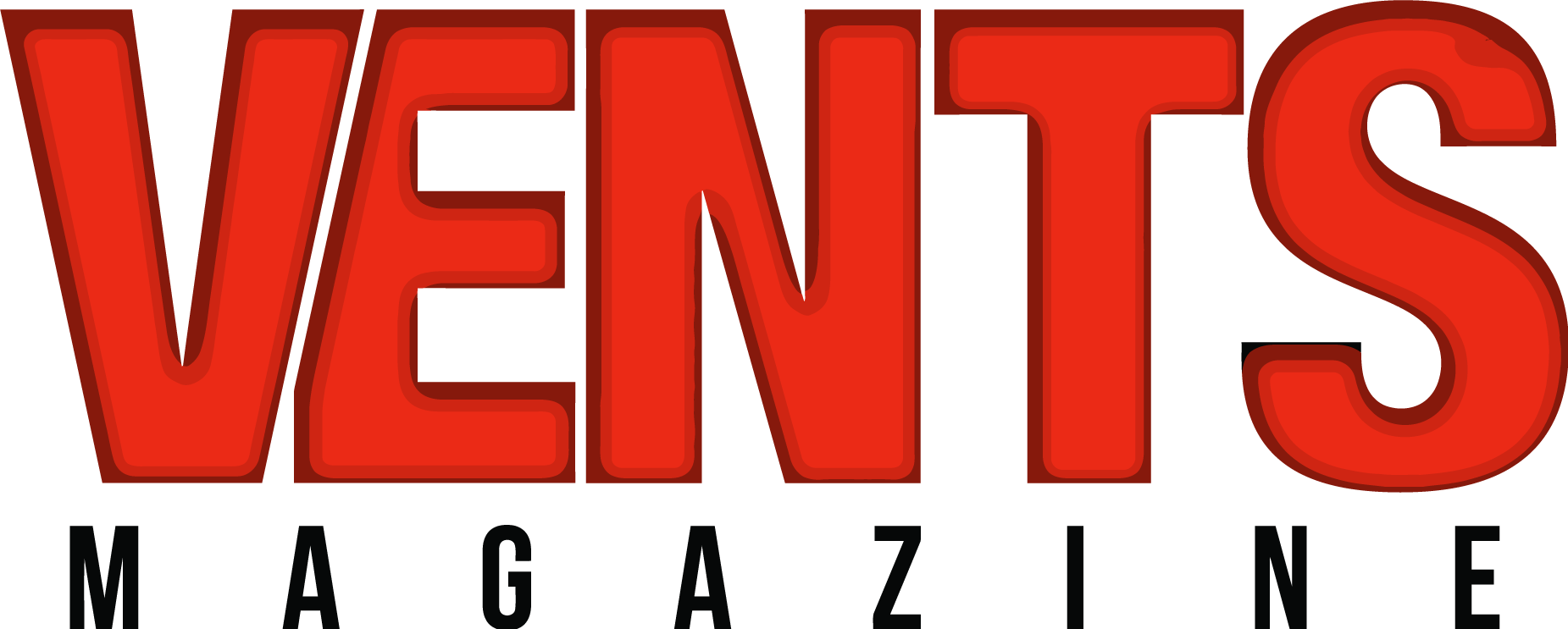![10 Best Free Website Builders to Check Out [+ Pros & Cons]](https://www.hubspot.com/hubfs/free-website-builder.png)
Site speed matters for attracting users and keeping them engaged while browsing a site. Slow pages hurt search placement and lower conversion rates for services and products. Faster delivery makes pages feel smooth and keeps people on the page longer. This guide outlines clear steps to reduce wait times and to raise responsiveness across visits. It uses plain methods that most site owners can apply with basic skills and steady effort. Apply these tactics to shrink assets, tidy code, and improve delivery. Small steady wins add up to better results over weeks and months.
Speed Basics
Measure first to know what to fix and to set realistic targets for improvement. Run tests on a range of devices to see common slow points. Check core metrics that show how long content takes to become usable for visitors. Use website building tools to automate scans and to spot heavy files without manual checks. Prioritise fixes that affect the parts of the page users see first so perceived speed improves fast. Repeat tests after each change to confirm gains and to avoid regressions that reduce value.
Resource Minify
Reducing file sizes yields fast wins that cut transfer time for every visit. Start by auditing files that load on each page to find unnecessary weight.
• Compress scripts and styles to shrink files while maintaining site functionality.
• Minify CSS files to cut size without changing visual outcomes for visitors.
• Remove unused code blocks that slow parsing and increase byte counts significantly.
• Serve compressed assets with efficient headers to speed delivery across networks.
Image Strategy
Images often make up most of the page payload, so handle them with care. Use responsive image sizing so each device receives a file that matches its screen. Serve modern formats that reduce bytes while keeping sharp detail for viewers. Implement lazy loading so off-screen visuals do not block critical content from appearing. Adjust compression to maintain detail while cutting file size for common viewports. Replace heavy backgrounds with CSS techniques when practical to avoid layout shifts. Test under real network speeds to find the best balance between clarity and load time.
Cache Layers
Caching reduces repeated work and it makes repeat visits much faster. Apply clear rules so safe assets remain cached while content updates appear as intended.
• Enable browser caching to allow repeat visits to reuse previously downloaded files.
• Use server-side caches to respond quickly without rebuilding pages for every request.
• Leverage a content network to store copies near users for faster access.
• Invalidate caches intelligently to ensure fresh content without needless reloads for users.
Code Streamline
Trim code so the browser can parse and run scripts with less delay. Split large bundles into smaller parts that load only when required. Defer non-essential scripts so the main content paints quickly for first-time visitors. Inline critical styles to avoid render blocking at the top of the page. Remove legacy polyfills that are not needed for target browsers. Use audit tools to locate slow functions that block rendering. Less code not only speeds loads but it also makes the site easier to maintain long term.
Server Tuning
Server setup changes often yield steady improvements for many users. Choose fast storage and sufficient memory so the server can serve concurrent sessions reliably. Enable modern protocols that allow multiple requests to run in parallel for each connection. Turn on response compression to reduce payload sizes before data crosses networks. Monitor server timings to spot spikes that contribute to bottlenecks or inefficient queries. Small tweaks to server settings can lower latency and improve the experience for all site visitors.
Third Party
External widgets and scripts can add unseen delay, so treat them with caution. Audit each third-party item and limit use to what truly supports your goals.
• Load ads and trackers only when they are truly needed for business goals.
• Defer analytic scripts until after critical content has appeared for the visitor.
• Host essential vendor scripts locally to reduce external round-trip loads.
• Replace heavy widgets with lightweight alternatives that offer similar functionality to users.
Continuous Monitoring
Set measurable budgets to prevent new assets from undoing past gains. Use real user monitoring to learn how actual visitors experience the site over time. Combine lab tests with field data to diagnose issues and to confirm progress. Create alerts that warn teams when metrics fall below targets so prompt fixes occur. Regular review of tools and reports keeps priorities aligned with user needs. Ongoing focus makes performance stable even as features are added.
Swift Gains
Improving delivery times brings clear benefits for online projects that rely on repeat visits. Emphasise regular checks and small fixes that compound into meaningful improvement across weeks. Automate routine tests so regressions appear quickly after updates and so teams can act fast. Use website building tools to simplify audits, compress assets and to track progress without heavy manual work. Validate changes with both lab metrics and real user data to confirm real-world impact. Prioritise fixes that reduce wait for main content first to improve perceived speed for most guests.
